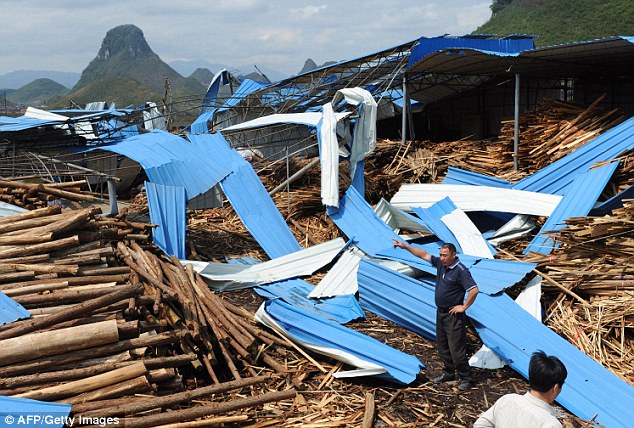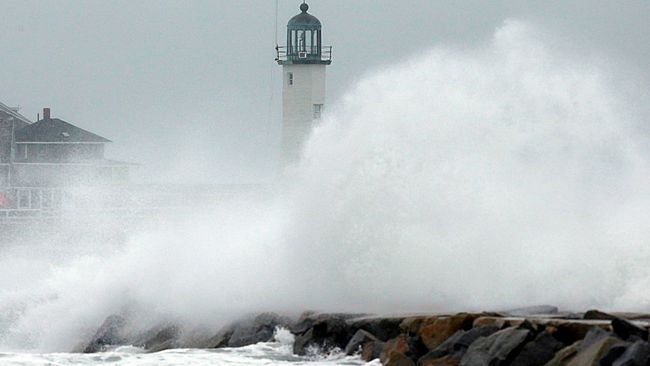As spring arrives - albeit slowly - East Coasters are saying goodbye a to an especially punishing winter.
Those feeling sentimental can relive the endless series of snowstorms and fiendishly cold weather in a new
time-lapse video from NASA.
The animation stiches together imagery taken from space by NOAA's GOES-East satellite every day from January 1 to March 24, 2014.
The creator, Dennis Chesters, of the NASA/NOAA GOES Project at the Goddard Space Flight Center in Greenbelt, Md., said in a statement: "The once-per-day imagery creates a stroboscopic slide show of persistent brutal winter weather."
And brutal it was. Cold air escaping the
polar vortex repeatedly blasted Canada and the continental United States. Two inches of snow humbled Atlanta in late January, creating epic traffic jams stranding hundreds of people in their cars for hours. Ice storms that followed in February left thousands without power in Georgia and South Carolina. The
Great Lakes' ice cover reached historic levels, growing to 91 percent in early March.
Major cities reported astounding tallies of winter snow. Residents of Washington, D.C. saw 30.3 inches (76.9 centimeters) of snow during the 2013-2014 season - nearly double the city's average snowfall of 15.3 inches (38.8 cm), according to the National Weather Service. A whopping 80 inches (203 cm) of snow fell on Chicago, far exceeding the typical 34.4 inches (87.3 cm).
The GOES-East satellite is perched in a geostationary orbit, meaning it hovers over the same part of the globe all the time, moving in tandem with Earth's rotation. The spacecraft captures images of the Northern Hemisphere every half hour and then takes a shot of the entire Western Hemisphere every three hours, according to NOAA.
The images of clouds taken by the GOES satellite are used by the National Weather Service to monitor storms. The 2014 winter weather video also incorporates true-color imagery of the land and sea obtained with NASA's Earth-watching NASA's Aqua and Terra satellites.


Comment: Here's video footage from another location showing these two 'extreme weathermen' being blown over in this snow'icane: